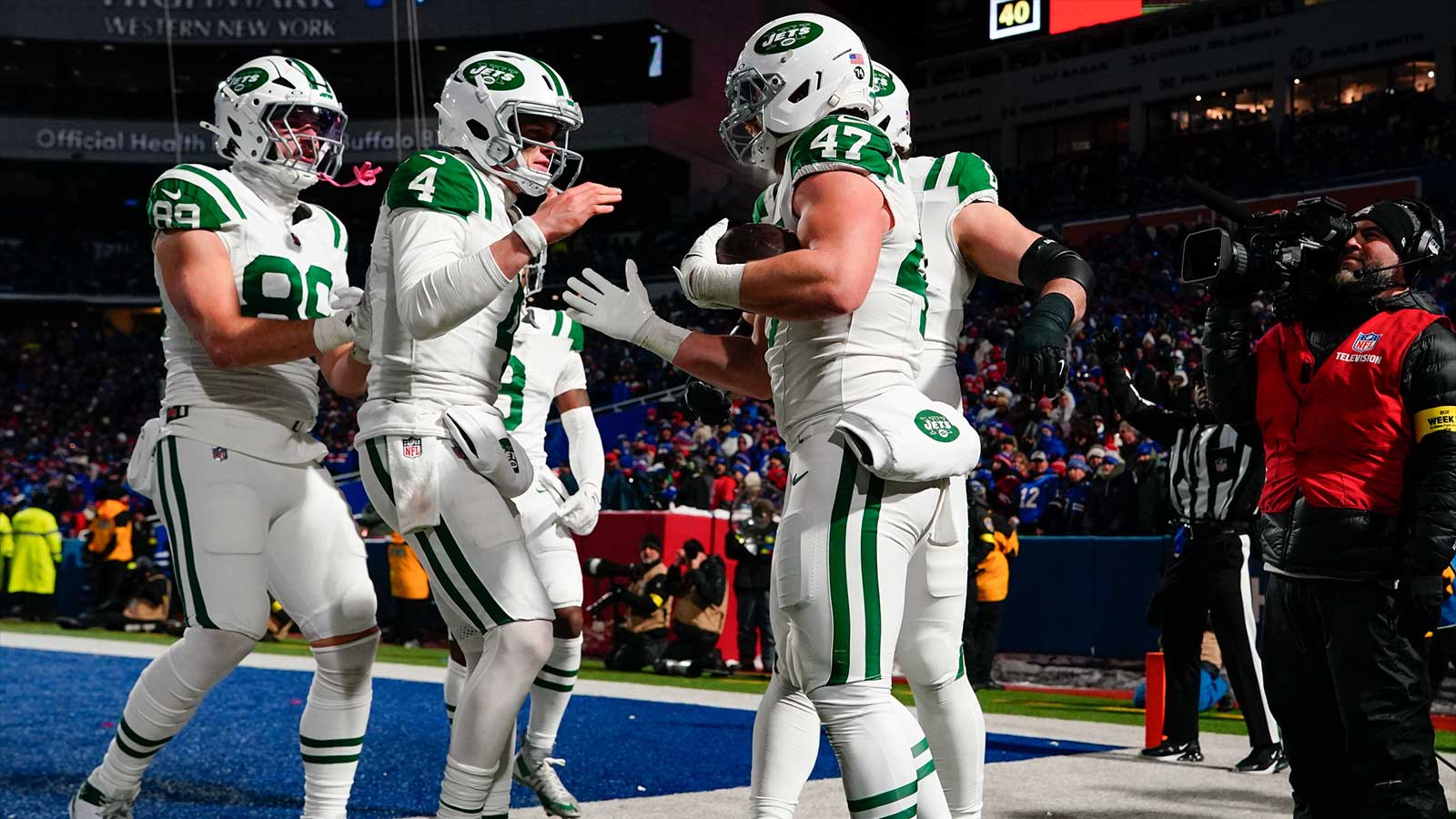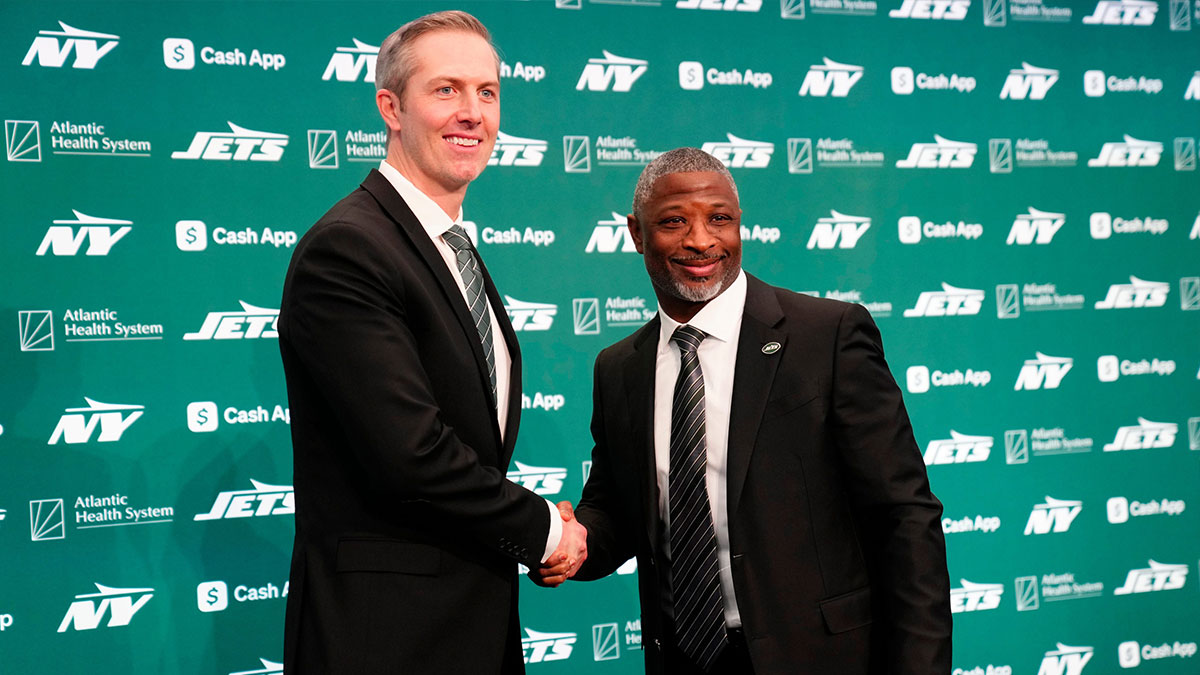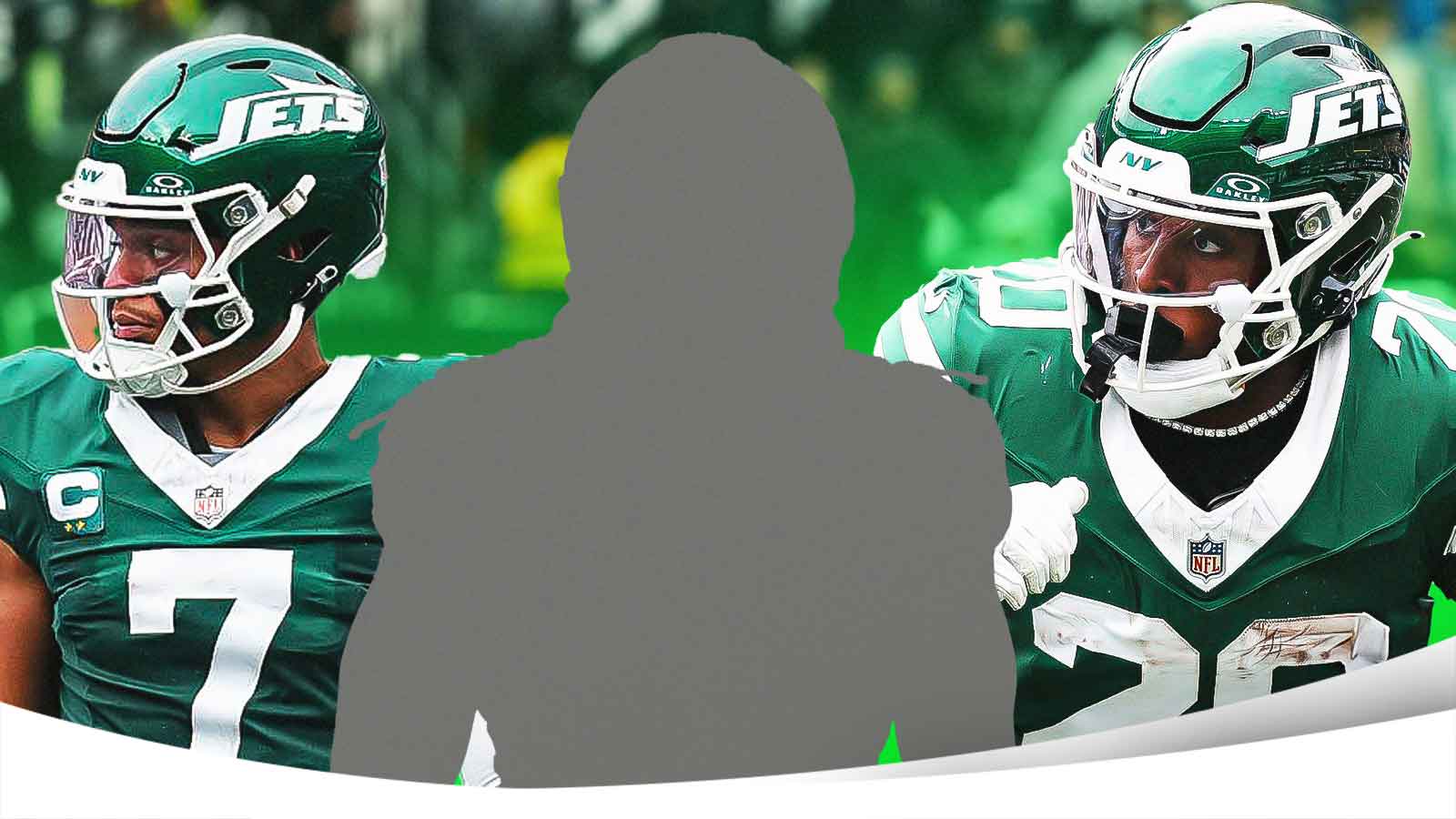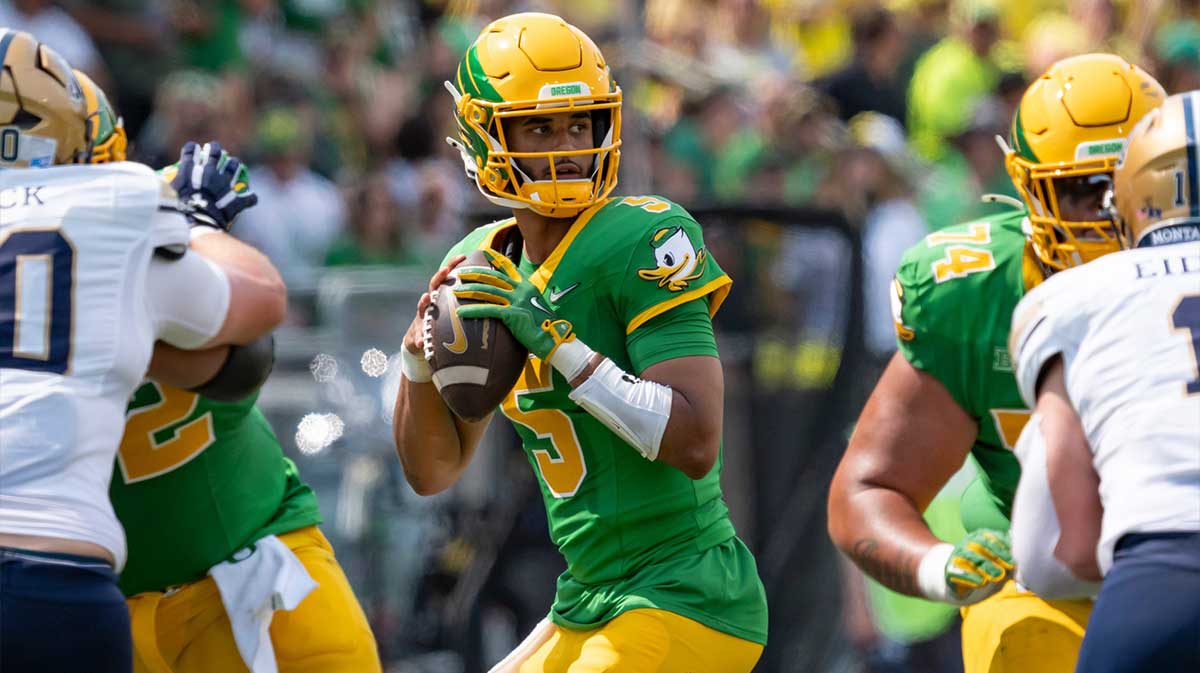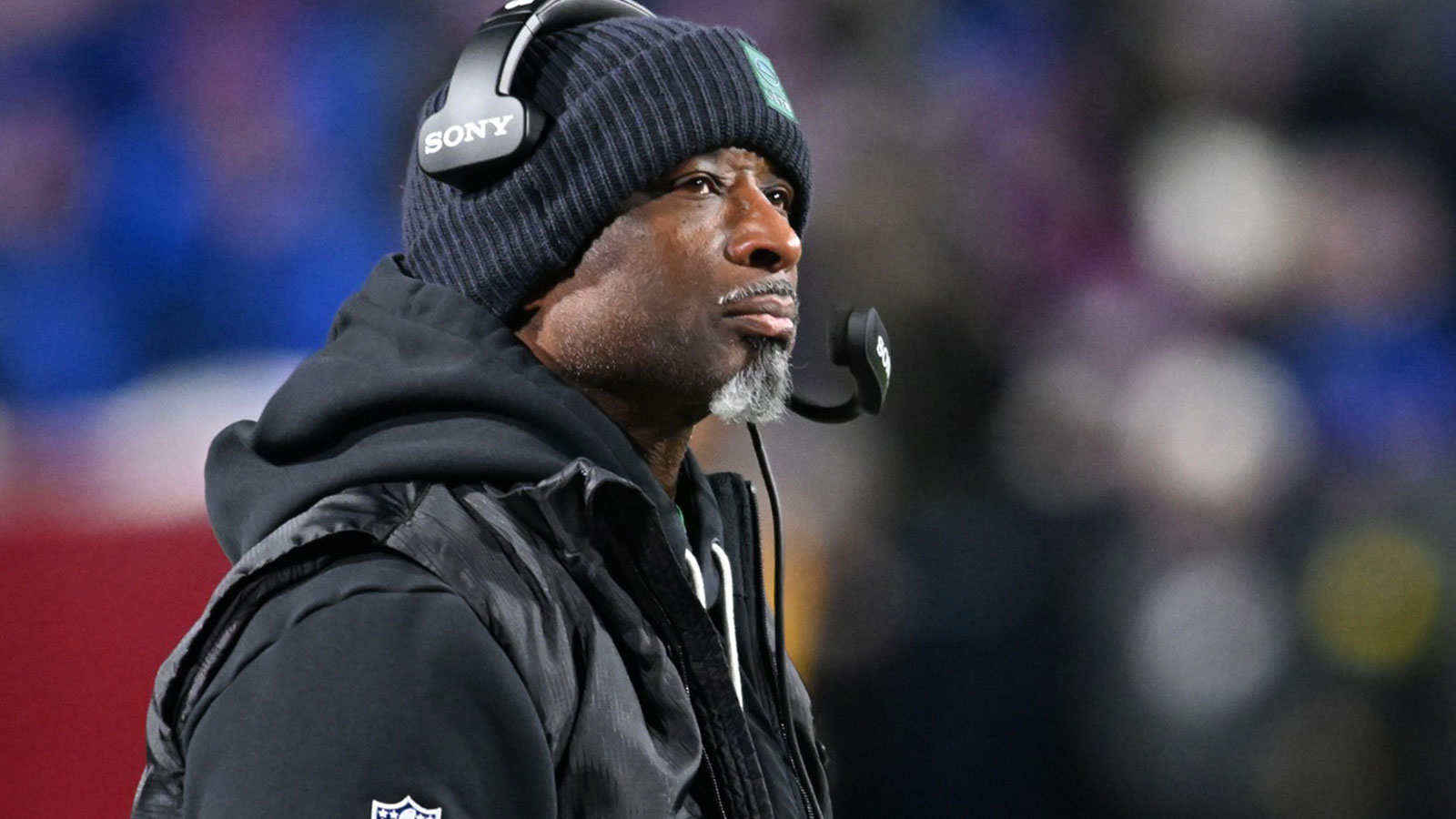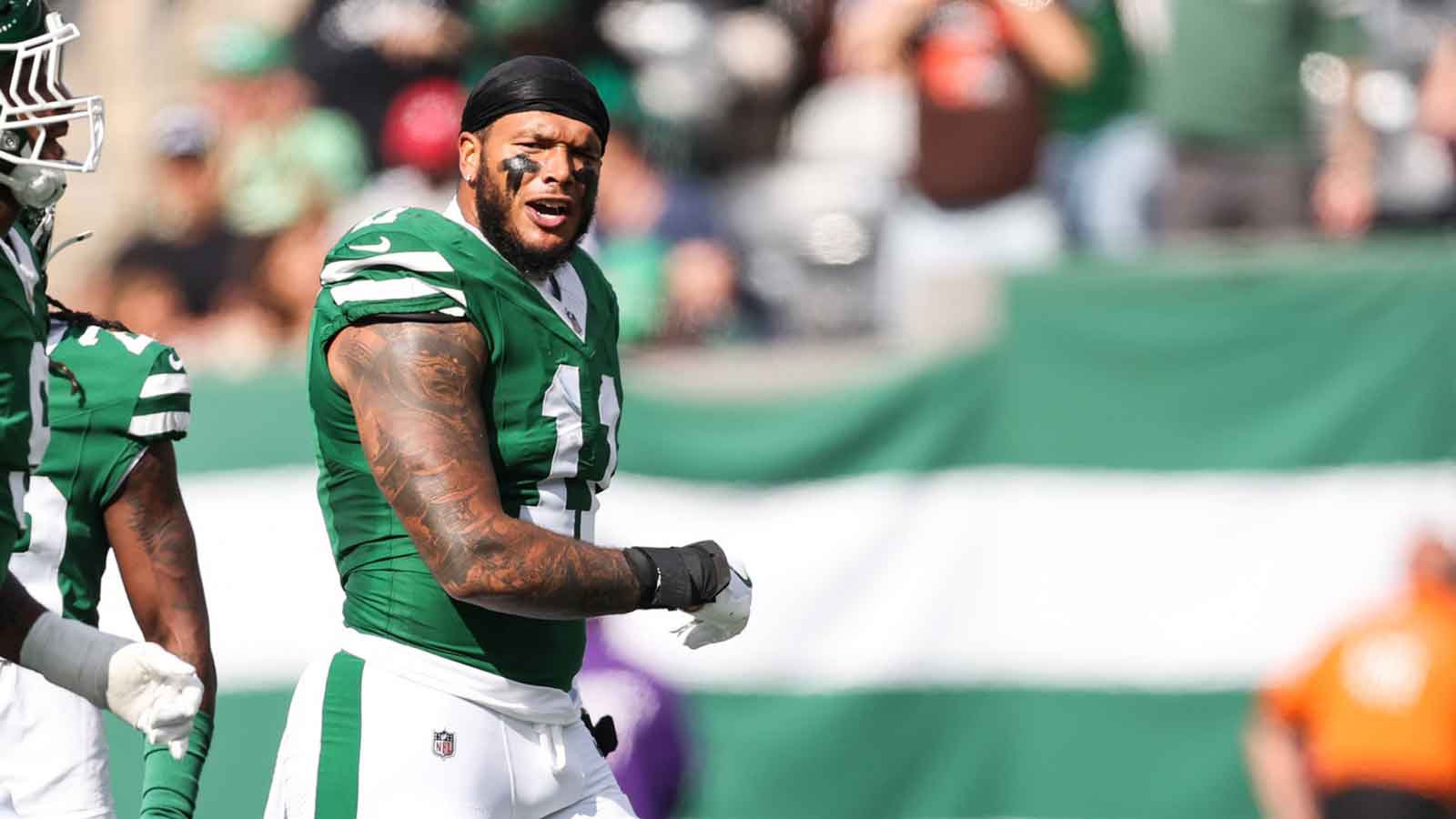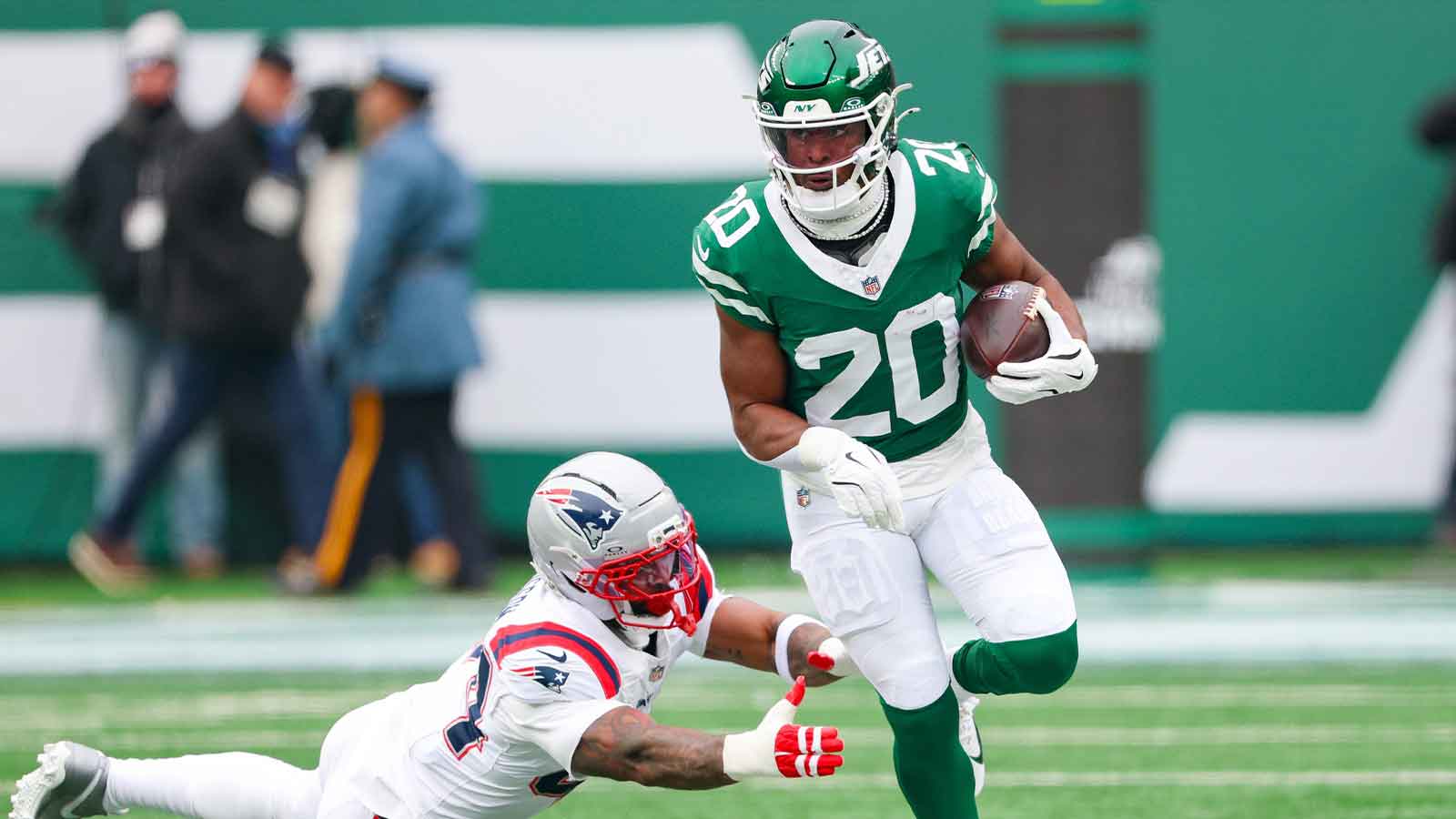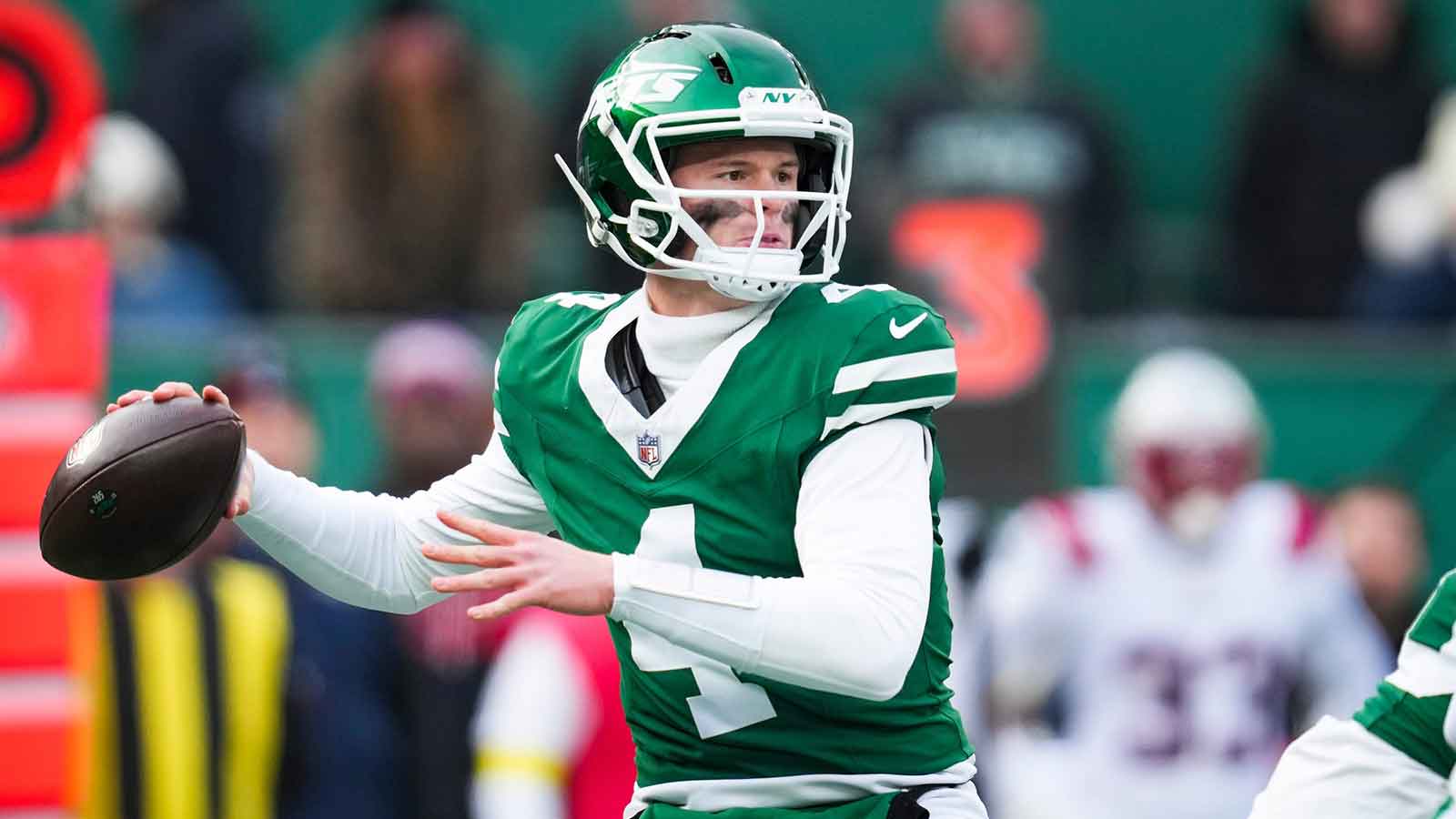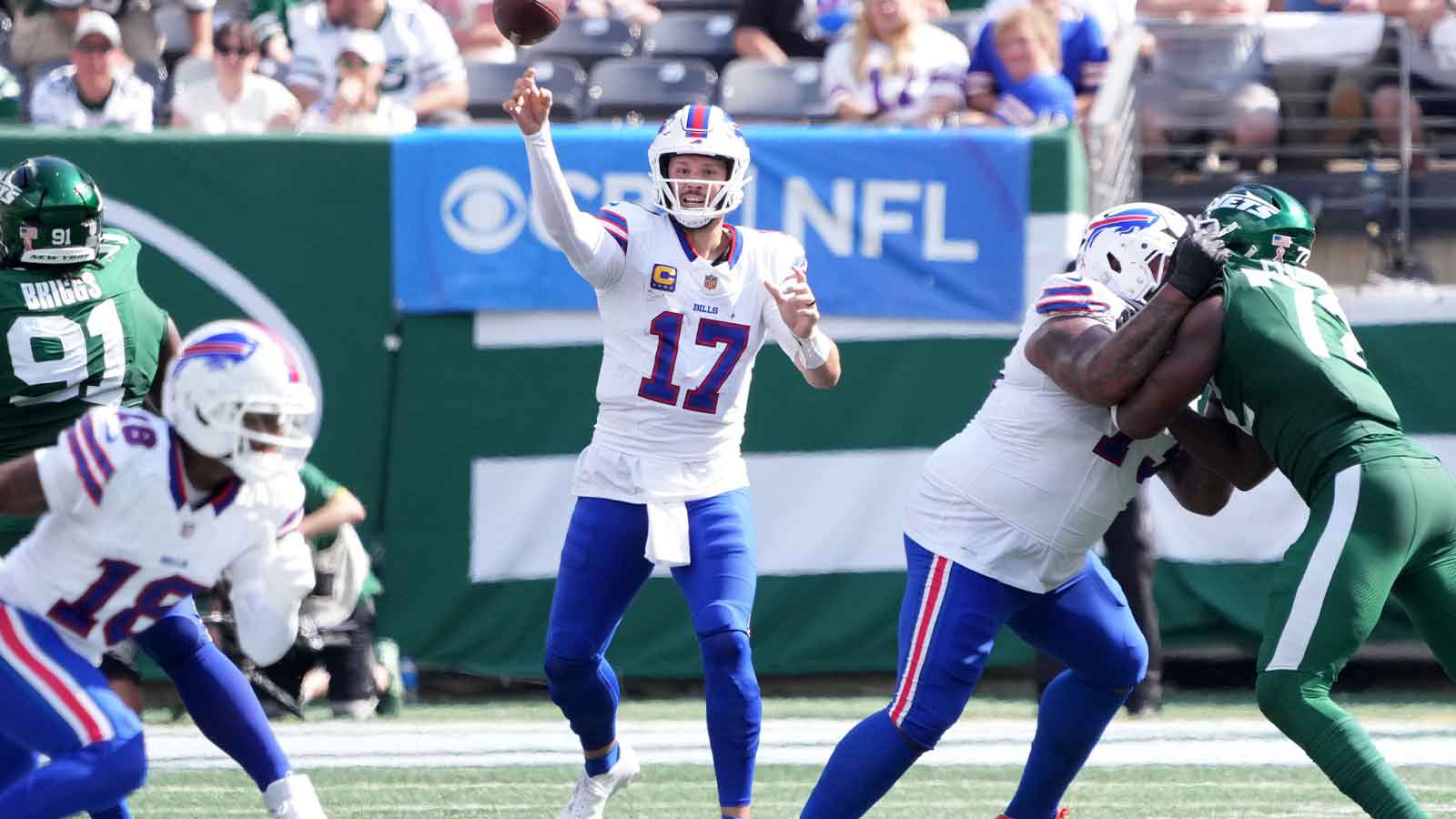The New York Jets have some heavy lifting to do this offseason. All-Pro defensive lineman Quinnen Williams is up for a contract extension and the Jets are in the market for a veteran quarterback. Neither move will come cheaply.
The Jets will need to make several difficult roster decisions in order to create enough salary cap space to accommodate these moves and other necessary ones.
Figure that Williams, who said he’d sit out voluntary OTAs if he didn’t have a new contract by April, will get at least $20 million on his deal. That’s more than double than what he is due to make with his fifth-year option.
Jets DT Quinnen Williams: "I want to be compensated for what I am.”
— Antwan V. Staley (@antwanstaley) January 9, 2023
A veteran quarterback may cost anywhere from, say, $15-$40 million per, depending on whom the Jets acquire. A top name, like Derek Carr or Jimmy Garoppolo, would require New York to clear quite a bit of cap room. Keep in mind that Zach Wilson likely will return in 2023 with a $9.6 million cap hit. So, the Jets will be putting a lot of money into the QB position.
It would be great if New York could start by cutting disappointing veterans Laken Tomlinson and Braxton Berrios to save money. But that won’t work. The savings on Tomlinson would be negligible as more than $14 million would remain as dead cap space, per Over the Cap. Releasing Berrios would save $5 million but still have more than $3 million in dead money against the salary cap.
That said, let’s explore three moves the Jets could make to create salary cap room for 2023.
Restructure C.J. Mosley’s contract
In Year 4 of his five-year contract, C.J. Mosely’s cap hit jumps to a team-high $21.5 million next season, per Over the Cap. If the Jets cut the veteran linebacker after June 1, they’d save $17 million against the cap and have a dead cap charge of about $4.5 million. Not ideal, but huge savings.
Among the reasons why this does not work for the Jets is that Mosley remains one of their most important players. The 30-year-old is a team leader and defensive captain. He was selected to the Pro Bowl this season and named a Second Team All-Pro after leading the Jets with 158 tackles and playing 98 percent of their defensive snaps.
C.J Mosley 💪💪 pic.twitter.com/m3EiW01oY4
— David Wyatt-Hupton (@DWyattHupton) November 6, 2022
New York does not want to lose Mosley, especially with the possibility that fellow linebacker Quincy Williams could depart as a free agent this offseason.
Restructuring his contract would keep Mosley in the Green and White, while freeing up important dollars within the salary cap. The savings would not be as great as releasing him post-June 1 but could still be significant.
Release Corey Davis, Jordan Whitehead and Duane Brown
Like Mosley, Corey Davis, Jordan Whitehead and Duane Brown are respected veterans on the Jets roster. Unlike Mosley, it’s less crucial for the Jets to keep the other three. That's why they are grouped into one here.
The Jets can save roughly $27 million by releasing Davis, Whitehead and Brown this offseason. They’d have about roughly $5 million in dead cap space with those three moves.
Davis, 28, is productive when healthy but the wide receiver missed 12 games the past two seasons. He’s the easiest decision since nearly $10.5 million of his $11.2 million salary would come off the books.
Whitehead, 26 in March, was a fairly expensive disappointment in the Jets secondary this season. Brown will be 38 next season and is headed for offseason shoulder surgery. The tackle may best help the Jets by being cut and saving nearly $10 million against the salary cap.
Release Carl Lawson
On the surface, this is a no-brainer financially. However, it’s not a simple decision.
If the Jets release their top edge rusher, they would save $15.4 million against the cap and retain only $333,333 in dead money.
But did we mention Lkl;'[awson is their top edge rusher? And he’ll be entering his prime next season at age 28?
Carl Lawson with the most dominant performance the #Jets have gotten from an edge rusher in many years. pic.twitter.com/JCjJgRvKI2
— Michael Nania (@Michael_Nania) October 11, 2022
After missing all of 2021 with a torn Achilles, Lawson played every game this season and had seven sacks and 24 QB hits. There’s an argument to be made that Quinnen Williams’ breakout season was due, in part, to having Lawson riding shotgun at right end.
There are some who believe Lawson is a tease, a freakish athlete who never quite becomes a star. His NFL career high in sacks is 8.5 in his rookie season (2017).
But others see an incredible talent, who’s progress has been slowed by two major injuries. What if next season is finally THE season for Lawson?
There’s likely no compromise here. It’s highly doubtful that Lawson will restructure his deal when he can become a free agent at the end of next season.
If the Jets need the money for Williams and a QB, Lawson could be a casualty.









